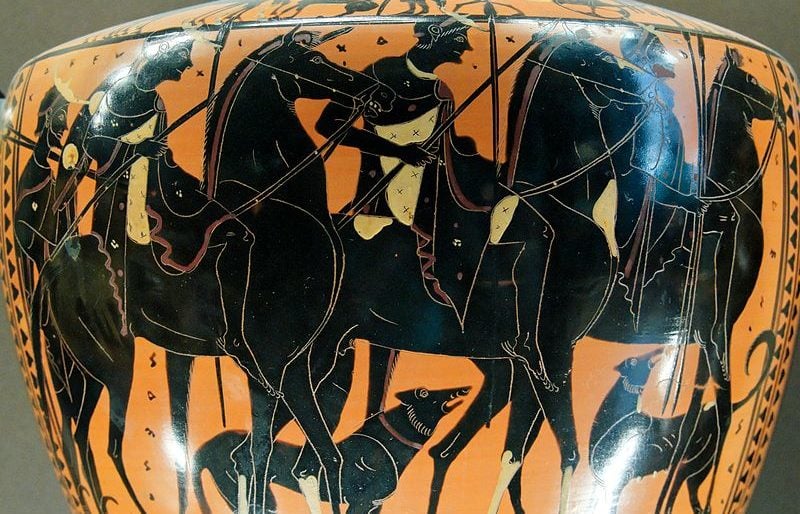
Horses in Ancient Greece have always held particular significance, and they played an almost mythological role in its history. The ancient Greeks looked upon them as the noblest of creatures and, as such, they became a permanent feature of almost every aspect of daily life.
They were accorded the highest value, however, by those of the upper class who at that time could afford them since they were expensive, given their significance to the gods. Furthermore, they were used for hunting, racing, and traveling,
The significance of horses in ancient Greece
The relationship between man and beast in antiquity ran strong and its roots deep. The two were tied together intrinsically, both by nature and the gods they revered in their mythology, as they were thought to have been created by Poseidon, the ancient god of the sea. Thus, in Ancient Greek lore, the status of these noble creatures was raised to an almost divine level, mostly due to their heroic courage in war.
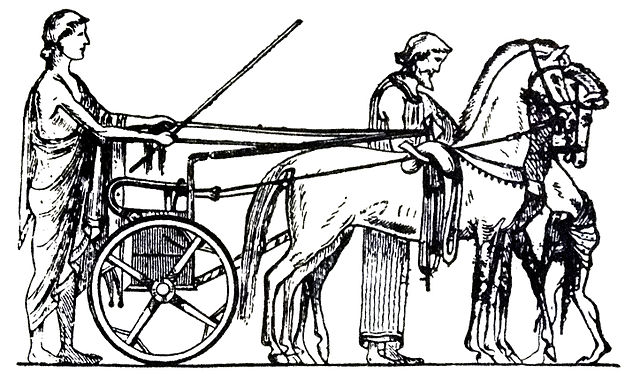
Yet, even the lowest carthorse played a part in creating the society that was the foundation of Western science, logic, and philosophy. That importance showed as well in Ancient Greek art. They were depicted on vases and in sculptures throughout the centuries.
The tales below are merely a few of those magnificent stories, an ode to ancient horses of Ancient Greece.
The most famous in Ancient Greece
Alexander and Bucephalus
Bucephalus, the horse of Alexander the Great, is one of the most famous in Ancient Greece. History described him as an imposing creature with an imposing head, a thick, black coat and an eye-catching white star on the brow beneath his reins.
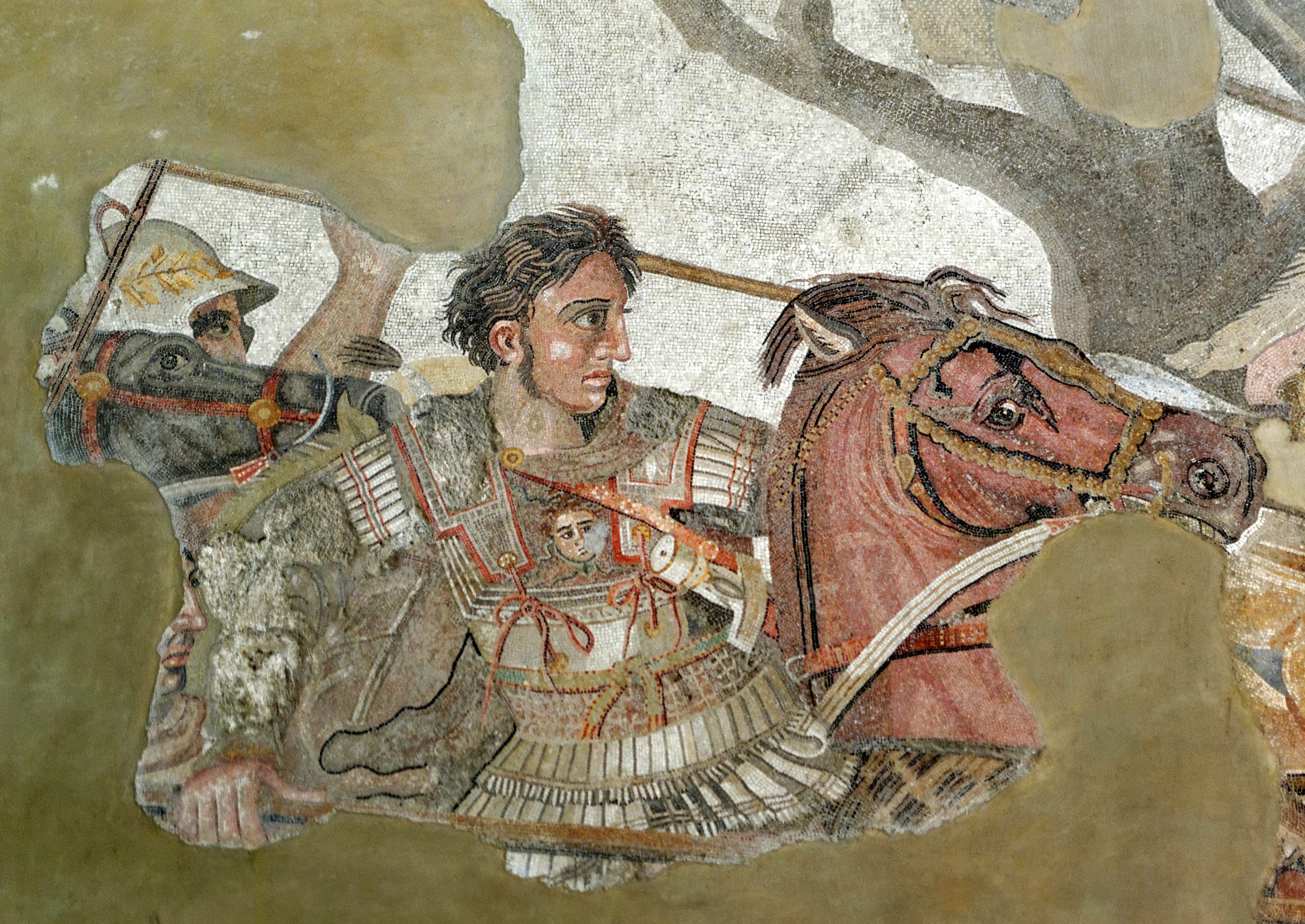
Rumor has it that his master won him at the tender age of thirteen in 334 B.C. after beating his father in a wager. Many rejected the horse for his unruly character, including King Phillip II. Yet, to the astonishment of all, he allowed the young Alexander of Macedonia to tame him.
Like Achilles, his esteemed hero and possible ancestor, Alexander the Great both respected and deeply valued his comrade in arms. In turn, Bucephalus served his master well in war until his death at the Battle of Hydaspes. Alexander later founded the city of Bucephalous, now known as Jhelum in today’s Pakistan, in his honor. Furthermore, though both are now long gone, the Kalash, their ancestors there, still honor their memory, having kept their progenitor’s customs and beliefs as well as practices.
The infamous horse that won the Trojan War
Though not of flesh and blood, one cannot speak of horses in Ancient Greece without mentioning the infamous one that helped win the Trojan War. Though only mentioned briefly in the Odyssey, Homer’s epic poem, its place in history was established in Aeneid, the equally well-known work of Virgil.

Yet, when Homer spoke of it, he did so with great reverence:
What a thing was this, too, which that mighty man wrought and endured in the carven horse, wherein all we chiefs of the Argives were sitting, bearing to the Trojans death and fate!
But come now, change thy theme, and sing of the building of the horse of wood, which Epeius made with Athena’s help, the horse which once Odysseus led up into the citadel as a thing of guile, when he had filled it with the men who sacked Ilios.
In the same vein, Virgil praised Odysseus’ mythical horse by piling upon the hero’s wooden warrior the homage it deserved:
After many years have slipped by, the leaders of the Greeks,
opposed by the Fates, and damaged by the war,
build a horse of mountainous size, through Pallas’s divine art,
and weave planks of fir over its ribs
they pretend it’s a votive offering: this rumour spreads.
They secretly hide a picked body of men, chosen by lot,
there, in the dark body, filling the belly and the huge
cavernous insides with armed warriors.
The immortal Balius and Xanthos
Automedon was the fierce charioteer of Achilles who handled the reigns of Achilles’ even more volatile war horses, Balius and Xanthus. In the Iliad, Homer’s heroic tale, Automedon became a historical figure after the Ancient Greek poet immortalized him in battle.
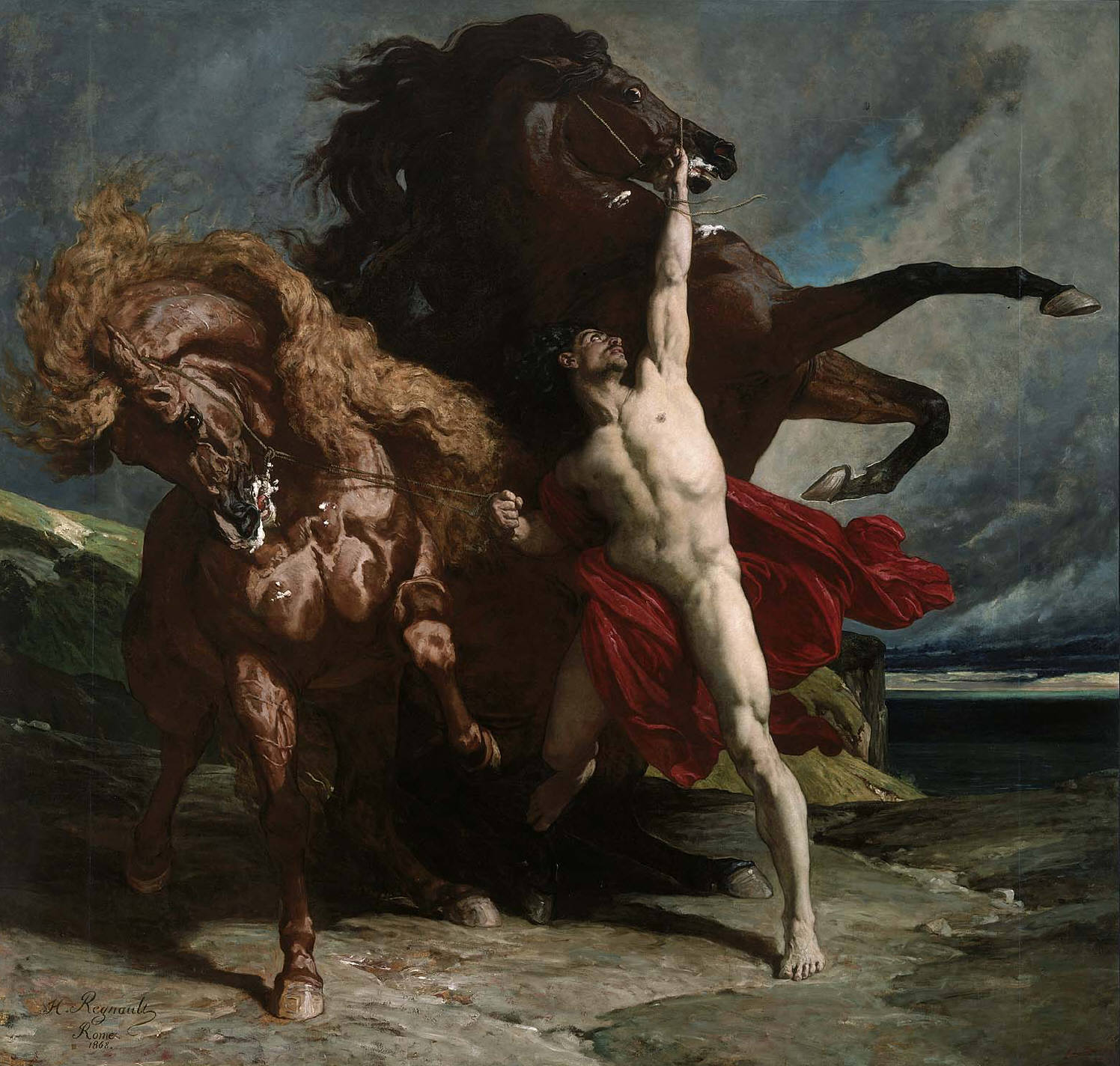
Balius, meaning dappled, and Xanthus, meaning blonde, were immortal horses born of Podarge, a harpy, and Zephyrus, the West wind. Xanthus supposedly had the power of prophecy, which speaks of a relation to Arion, another mythical horse said to have saved Adrastus in the war of the Seven against the Thebes.
The horses were a gift from Poseidon to the King of Peleus, who then gave them to his son Achilles. Like all horses of Ancient Greece, however, reality and myth often mixed together to endow with them the virtues held in high value in antiquity.
The ancient breed that still roams free today
The Skyrian horses are a breed from Ancient Greece that still roam wild in the country today. Twenty five years ago, there were around 600 of them. At the present time, however, only around 220 exist in Greece. Of that number, 152 live on the island of Skyros, from which their name comes. Thus, they are a protected species, as they are one of the rarest in the world.
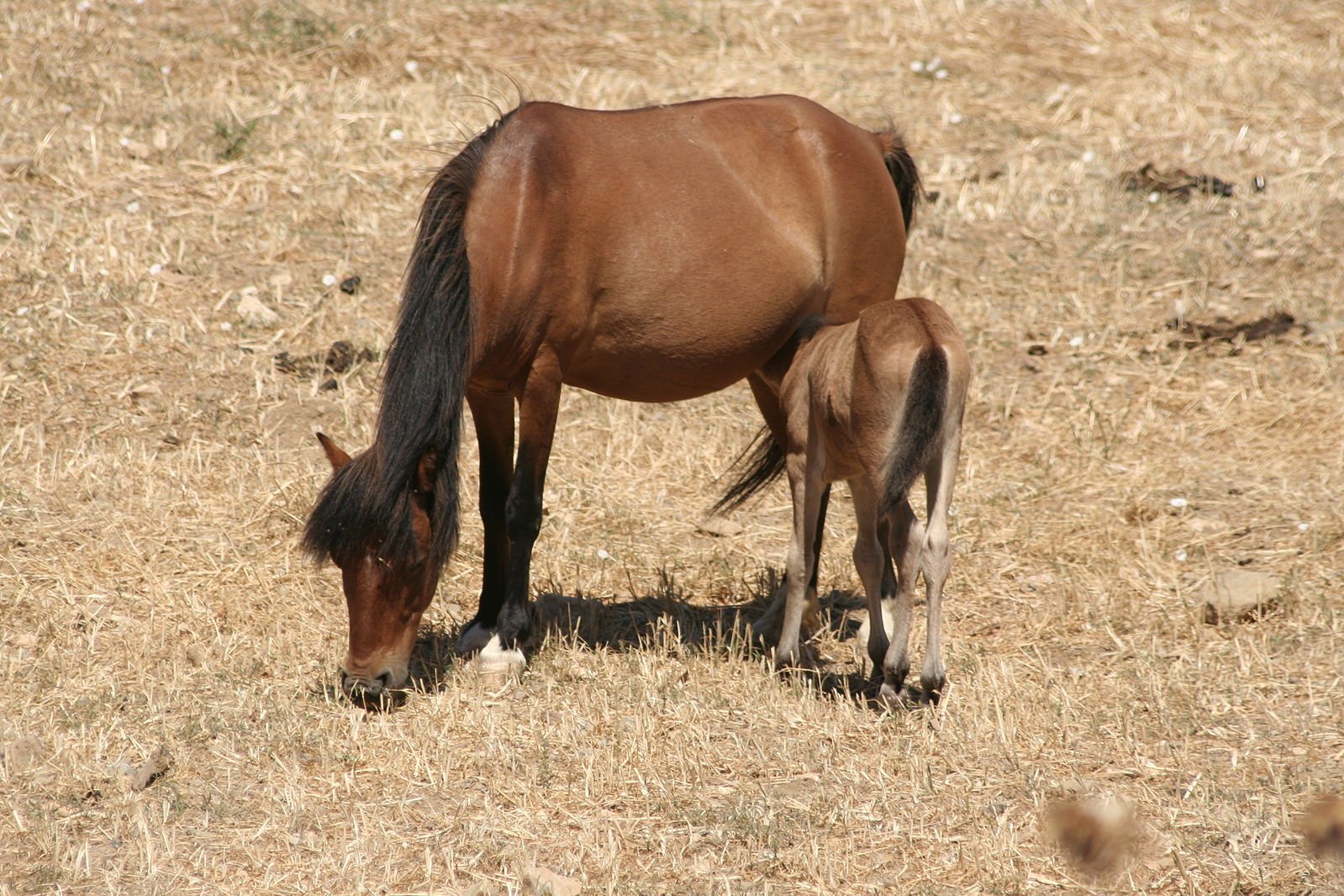
The miniature breed of Eguus Cabalus Skyros Pony generally reaches 92 to 115 centimeters and are normally bay, black, dun, or brown. Though small, they are a sturdy, robust breed, as their hooves are strong and do not need shoeing. Likewise, their legs, though slim, are muscular with strong joints.
History has it that the animals were the progeny of the horses Athenians brought to the island between the 5th and 8th century B.C. Alexander the Great may have also used them for his conquests, and they may even have been depicted on the friezes on the Parthenon Marbles. This is, of course, an honor that is quite fitting, given that they are the last native horses of Ancient Greece.
See all the latest news from Greece and the world at Greekreporter.com. Contact our newsroom to report an update or send your story, photos and videos. Follow GR on Google News and subscribe here to our daily email!



